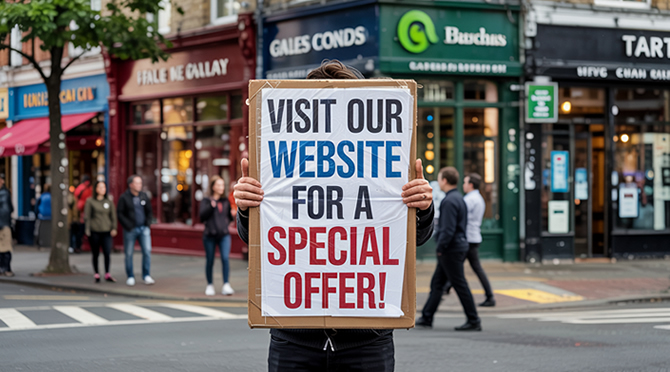In today’s digital landscape, businesses that rely solely on traditional advertising—billboards, flyers, or cold calls—are missing a crucial opportunity. The modern consumer turns to search engines, social media, and online reviews before making purchasing decisions. For local businesses, this shift means that inbound marketing—a strategy focused on attracting customers through valuable content and engagement—has become essential. Unlike outbound tactics that interrupt potential customers, inbound marketing draws them in naturally by addressing their needs, questions, and interests.
Local businesses, in particular, benefit from inbound marketing because it builds trust within the community. When a potential customer searches for "best coffee shop near me" or "reliable HVAC repair in [city]," they are actively looking for solutions. If your business appears in those search results with helpful content—such as blog posts, local SEO-optimized pages, or positive reviews—you position yourself as the go-to choice. Google’s algorithms increasingly prioritize local relevance, meaning businesses that invest in localized content, Google My Business optimization, and community engagement gain a competitive edge.
Content marketing plays a pivotal role in inbound strategies for local traffic. A well-maintained blog that answers common local questions—such as "What are the signs my furnace needs repair?" or "Where can I find pet-friendly restaurants in [town]?"—not only attracts visitors but also establishes authority. When people find useful information on your website, they are more likely to remember your business when they need your services. Additionally, locally targeted content improves search rankings, ensuring your business appears in "near me" searches and local map listings.
Social media amplifies inbound efforts by fostering community interaction. Platforms like Facebook, Instagram, and Nextdoor allow businesses to share updates, respond to customer inquiries, and participate in local conversations. A bakery posting behind-the-scenes videos of its daily specials or a hardware store offering DIY tips creates a personal connection with potential customers. Social signals—likes, shares, and comments—also contribute to search engine rankings, making active social profiles a key component of local inbound marketing.
Email marketing, when done right, nurtures leads and keeps local customers engaged. A newsletter featuring neighborhood events, exclusive discounts, or seasonal tips keeps your business top-of-mind. Unlike spammy promotions, inbound-focused emails provide value first, turning subscribers into loyal patrons. For example, a landscaping company sending seasonal lawn care guides builds trust before pitching its services.
Online reviews and reputation management are another critical aspect. Positive reviews on Google, Yelp, and industry-specific platforms act as social proof, encouraging hesitant customers to choose your business. Responding to reviews—both positive and negative—demonstrates professionalism and commitment to customer satisfaction. Google’s local search algorithm heavily weighs review quantity and quality, making this a direct ranking factor.
The beauty of inbound marketing is its long-term sustainability. While paid ads stop generating traffic the moment the budget runs out, a well-optimized website, consistent content, and strong local engagement continue attracting customers for months or years. For small businesses with limited marketing budgets, this organic approach offers a higher return on investment than traditional advertising.
Ultimately, inbound marketing aligns with how modern consumers discover and choose businesses. By focusing on local SEO, valuable content, social engagement, and reputation management, businesses can attract nearby customers who are already searching for what they offer. In an era where convenience and trust drive purchasing decisions, inbound marketing isn’t just an option—it’s the most effective way to grow a local customer base.

